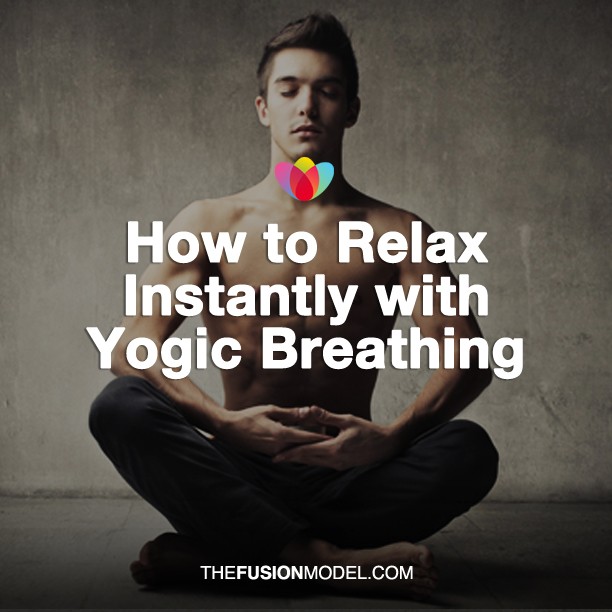Yogic breathing is a great way to chill out and oxygenate your blood — a key to good health. Shallow breaths don’t maximize the amount of the oxygen flowing through your system, which leaves your body feeling sluggish and your blood vulnerable to toxin pile-up. In time, a lack of full oxygen exchange can tax your organs, too.
Here’s how take a deep breath… for good health!
Assess your current breathing style
Before you jump right in and make drastic changes to your method of breathing, take a few minutes to ask yourself the following questions:
- Is my breathing shallow?
- Do I often breathe erratically?
- Do I easily get out of breath?
- Is my breathing labored at times?
- Do I generally breathe too fast?
If you answered yes to any of these questions, try yogic breathing. (Even if you didn’t answer yes, conscious breathing still benefits your mind and body, as well as your emotions.)
Review safety tips
- If you have heart disease or problems with your lungs (such as a cold or asthma), consult your physician before embarking on breath control — even under the supervision of a yoga therapist.
- Don’t practice breathing exercises when the air is too cold or too hot.
- Avoid practicing in polluted air, including the smoke from incense. Whenever possible, practice breath control outdoors or with an open window.
- Don’t strain your breathing. Remain relaxed while doing the breathing exercises.
- Don’t overdo the number of repetitions.
- Don’t wear any constricting pants or belts.
Breathe deeply
Yogic breathing is like texting your nervous system with the message to relax. Try the following exercise to gain the full benefits:
1. Sit comfortably in a chair.
2. Close your eyes and visualize a swan gliding peacefully across a crystal-clear lake.
3. Now, let your breath flow along in a long, smooth and peaceful movement (like the swan). Ideally, inhale and exhale through your nose.
4. Extend your breath to its comfortable maximum for 20 rounds, then gradually let your breath return to normal.
5. Afterward, take a few moments to sit with your eyes closed and notice the difference in how you feel overall.
Reap a spectrum of benefits
Deep breathing steps up your metabolism (which can help prevent weight gain), uses muscles that automatically improve your posture and keeps the lung tissue elastic, which allows you to take in more oxygen. In addition, it tones your abdominal area, strengthens your immune system and — best of all — reduces your levels of tension and anxiety.
Try to breathe through your nose
Yogic breathing is typically done through the nose, both during inhalation and exhalation. For traditional yogis, the mouth is meant for eating and the nose for breathing. Here are three good reasons to breathe through the nose:
- Breathing through two small holes instead of one big one slows down your breathing. In yoga, slow is good.
- The air is hygienically filtered and warmed by your nasal passages. (Even the purest air contains dust particles and pollutants.)
- According to traditional yoga, nasal breathing stimulates the subtle energy center, which is located near your sinuses. This location is the meeting place of the left (cooling) and the right (heating) current of vital energy that act directly on the nervous and endocrine systems.
In the beginning, save yogic breathing for your yoga exercises. Down the line, when you become more skillful at it, you may want to adopt nasal breathing during all normal activities. Then you can benefit from its calming and hygienic effects throughout the day.




